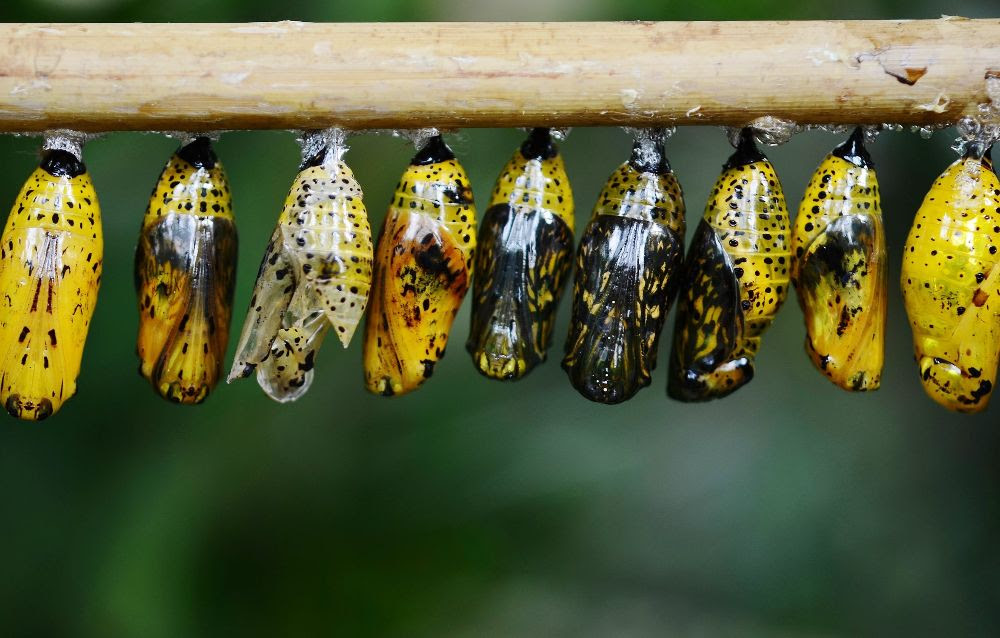Welcome Back to the Lab!
As the designated “bug person” in my circle of family and friends, it probably comes as no surprise that I often receive texts asking for bug-related advice. More often than not it’s a request for a bug ID, but occasionally I get the odd question: Will this spider in my sink kill me? Why are there so many dead millipedes in my house? The most recent was a really fun one: Do caterpillars really turn into goo before they become butterflies? The answer: Yes! But it’s far more interesting than that.

A quick primer: it’s been a while since we covered metamorphosis, so it’s important to remember that not every insect will go through this goo-ification in order to become an adult. Only holometabolous insects, or those who undergo complete metamorphosis will experience a “liquefication phase.” These are the insects that have a larval, pupal and adult stage. Butterflies, bees, ants and beetles are all holometabolous.
Hemimetabolous insects, or those who go through incomplete metamorphosis, experience nymphal stages; the juveniles look like smaller versions of the adults and they do not need to pupate. True bugs, stick insects, and mantids are all examples of hemimetabolous insects.

So yes, it’s true that all holometabolous insects (not just butterflies) will liquefy during the pupal stage only to emerge later as adults. But the amorphous blob contained within the pupal chamber (or cocoon) does not spontaneously reform into an adult; the goo is the remnants of digested larval tissue cells, and once they break down, they cannot be reconstructed. So where does the adult come from?

As it turns out, the adult structures were contained within the larva or caterpillar the whole time as tiny sacks of cells (we’re talking 10-50 cells max) known as imaginal discs. The imaginal discs contain the building blocks of the adult insect form: wings, legs, antennae, etc. They form during embryonic development, and remain dormant during larval stage. During pupal development, they survive the larval tissue degeneration and begin to rapidly divide and form the adult structures. Each imaginal disc is responsible for forming a different adult structure, and within a few weeks, the adult emerges, wings and all.

Until next time, thanks for visiting the lab!
Bug Wrangler Brenna
brenna@missoulabutterflyhouse.org